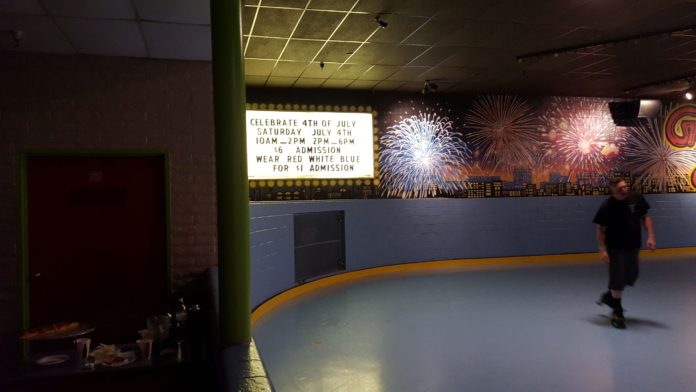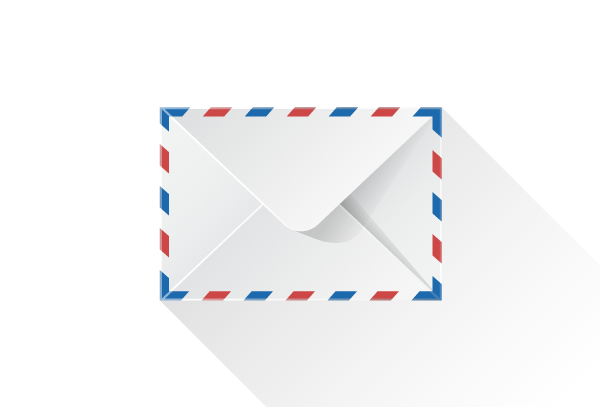The most common question I get when people are putting together their business plan is how much does a rink cost? That will vary from market to market, depending on real estate values, the local labor force, how much you plan to do it yourself, if it’s a retrofit of an existing building, or you’re starting from the ground up. It’s a hard number to pin down. It’s like asking how much does a house cost? Or how much is a new car? And then once you’ve signed on the dotted line, you realize you didn’t include the $125,000 for a paved parking lot. Or that the outdoor sign that can run $10K. There are so many things to consider.
Prioritize and Be Specific
You have to be specific and prioritize what matters most. In roller skating, it’s the skate floor, the roof, a sound and lights system, a good fleet of rental skates, and a knowledgeable staff that is passionate about roller skating. (Yes, labor is going to be your highest recurring expense in your business.)
So here’s a short list of what needs to go in that feasibility study for start-up costs to give you an idea of what you’re in for. And please note, it’s not complete. These are just some things to get you started.
Do your research
For new builds you’ll need to determine the current cost of land, surveys, building permits, architectural services (blueprints), foundation contractors, an open span building, doors, furniture, plumbing, electrical, additional wiring for sound, ethernet, and security cameras, the skate floor, barrier wall, carpeting, lockers, snack bar (seating, counter, ice machine, pizza ovens, microwave, freezers, fridge, soda fountain, 2 POS stations), sound system, lights, both on and off the floor, toilets – the number will be dictated by your city, hand dryers, sinks, rental skates in various sizes, about 300 quads and 100 inline, the number will depend on your local population size, and of course your monthly utility and mortgage or lease payment. Several computer stations and a dedicated music computer in the DJ Booth, plus don’t forget a paved parking lot, lighted signage, several HVAC units, janitorial equipment (vacuums, brooms, mops), trash containers, and arcade games. This is just the short list.
The most important thing to consider with every purchase is that everything in this business must be designed to handle 10,000 skaters per month.
Inflation adds up
Costs are always fluid thanks to inflation, as well as the size of your project, the capacity your local Fire Marshall will allow, the size of your building and parking lot, utility costs, labor costs, and diesel fuel (shipping prices to get the materials to your door). The roof can also get pricey.
A Metal Building Quote
I reached out to a metal building manufacturer and requested a quote for a 27,000 square foot open span building delivered to my location in Virginia. The quote, which was only valid for 15 days, was for more than a half million dollars, and it did not include entry doors or windows, the foundation, or installation. But it did come with a roof and a roll up garage style door.
In recent years I’ve heard whispers of $2-5 million to build a roller skating rink from the ground up and about $12-$18 million for a full-blown FEC. Taking an existing building with poles for support requires some retrofitting, and may not be cost-effective either, unless you look at those who failed and others who succeeded doing it. A roller-skating rink is more than a large surface with a stereo.
The skate floor can run $75K to $1 million depending on materials used, installers, and shipping rates. Cheaper is not necessarily better. And a one million dollar Northern Hard Rock Maple Rotunda floor won’t be appreciated by session skaters, and may not be necessary, either. There are options.
Check the Classifieds
There are plenty of existing rinks for sale that you can find at a bargain, if you’re willing to relocate, and you can also exercise some patience. I’ve seen rinks start at $1.2 million for sale, and end up closing for less than half that. Rinks are easy to buy, but harder to sell, especially if they’ve been closed for a while. Explore LoopNet to find rinks for sale. RollerSkating.com also has a listing of some of these bargains. Remember to ask the occupancy rate to ensure you’ll have enough customers to make your monthly payment.
Look for former rinks that became warehouses, or thrift stores. Seek them out and see if they plan on selling anytime soon. Roller City West in Lakewood, Colorado, closed and for 21 years had been repurposed as a thrift store. When the thrift store closed, a former skater purchased it and successfully brought roller skating back to the west side of Denver.
Beware of Deed Restrictions
Before making an offer on any existing building, make sure the property hasn’t been slapped with a deed restriction. That’s where a former rink operator decided no other skating center can operate in that particular location. You can also determine if you can paint your building a vibrant color, so there are different types of restrictions to look for.
However, the “roller rink restriction” is typically established when an operator owns more than one location within close proximity and sells off the less profitable business. Instead of allowing a competitor to come in and take away existing customers from the rink that remains open, they add a “deed restriction.” I’ve seen it happen in Lynchburg, Virginia; Greeley, Colorado, and also in Indiana. There’s probably more that are not on my radar. Just make sure that perfect location you have your eye on doesn’t have a clause that states “no roller skating rinks.”
Let me know how I can point you in the right direction of roller rink ownership. We need more rinks. And we need more people like you to make it happen.
Thanks for doing your due diligence.


